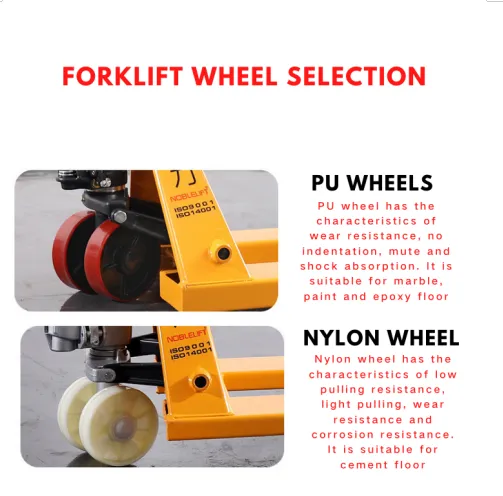moving heavy machinery
Moving Heavy Machinery Challenges and Best Practices
Moving heavy machinery is a critical operation in various industries, including construction, manufacturing, and mining. The sheer size and weight of these colossal machines present numerous challenges, necessitating careful planning, specialized equipment, and skilled personnel. In this article, we will explore the complexities associated with moving heavy machinery and outline the best practices to ensure safety and efficiency.
Understanding the Challenges
1. Weight and Size Restrictions Heavy machinery, such as excavators, bulldozers, and cranes, can weigh several tons. Their large dimensions often exceed standard transportation limits, leading to potential legal issues and road restrictions. This necessitates obtaining permits and planning alternate routes that can accommodate the size and weight of the machinery.
2. Transportation Logistics Transporting heavy equipment often requires specialized vehicles, such as lowboy trailers, which are specifically designed to carry oversized loads. The selection of appropriate transportation vehicles is crucial; failures can lead to equipment damage, accidents, or delays.
3. Site Preparation The location from which the machinery is being moved or to which it is being transported often requires careful preparation. Factors such as ground stability, accessibility, and the availability of loading and unloading equipment must be considered. Poorly prepared sites can complicate the moving process and jeopardize safety.
4. Safety Concerns The movement of heavy machinery poses significant safety risks. Workers are exposed to hazards such as equipment failure, collisions, and falling loads. Therefore, it’s crucial to implement comprehensive safety measures and ensure that all team members are trained to handle machinery safely.
Best Practices for Moving Heavy Machinery
moving heavy machinery

1. Comprehensive Planning The first step in successfully moving heavy machinery is thorough planning. This includes assessing the machinery's weight and dimensions, evaluating transport routes, and coordinating with local authorities to secure the necessary permits. A detailed timeline should be established to anticipate potential delays and allocate sufficient time for each phase of the move.
2. Utilize Expert Personnel Employing skilled and experienced workers is essential for the safe transportation of heavy machinery. Operators should be certified and knowledgeable about the specific machinery being used. Additionally, having a team leader who oversees the entire process can ensure that everyone adheres to safety protocols and reduces the risk of accidents.
3. Use the Right Equipment Choosing the appropriate transport equipment can significantly affect the moving process's efficiency and safety. Equipment such as cranes, forklifts, and specialized transport vehicles should be inspected regularly to ensure functionality. Utilize additional supports, such as chains and harnesses, to secure machinery during transport.
4. Conduct a Risk Assessment Before moving any machinery, conduct a thorough risk assessment. Identify potential hazards and develop strategies to mitigate risks. This should include evaluating weather conditions, the physical state of transport roads, and the availability of emergency services in case of an accident.
5. Communicate Effectively Clear communication among all team members is paramount when moving heavy machinery. Implement standardized signals and procedures to coordinate movements, especially during loading and unloading. Regular briefings can help keep everyone informed and aware of their responsibilities.
6. Monitor and Adapt Throughout the moving process, continuously monitor the situation and be prepared to adapt to any unforeseen challenges. Conditions may change, requiring swift decision-making and adjustments to the original plan. Promptly addressing issues as they arise can help maintain safety and efficiency.
Conclusion
Moving heavy machinery is a formidable task that demands careful preparation, skilled personnel, and specialized equipment. By understanding the challenges involved and adhering to best practices, companies can execute machinery moves safely and efficiently. This not only protects workers and property but also contributes to the overall success and productivity of industrial operations. As industries continue to evolve, investing in training and technology will further enhance the capabilities of businesses in moving heavy machinery effectively.
-
The Power of Trolley Cargo and Machinery Moving SolutionsNewsAug.22,2025
-
Exploring Magnetic Lifting Devices for Efficient Steel Plate HandlingNewsAug.22,2025
-
The Essential Guide to Portal CraneNewsAug.22,2025
-
Enhancing Efficiency in Permanent Magnetic LiftersNewsAug.22,2025
-
Heavy-Duty Machinery Movers and Material Handling SolutionsNewsAug.22,2025
-
The Comprehensive Guide to Adjustable Gantry CranesNewsAug.22,2025
-
The Ultimate Guide to Heavy Machinery Moving EquipmentNewsAug.04,2025
